Should I Visit Auschwitz? Why?
Visitors to Kraków and Katowice are faced with asking themselves whether or not they will make the effort to visit Auschwitz. It is a difficult question. There are few who would say they actually ‘want’ to visit Auschwitz, though many are compelled to do so for their own reasons. For those of us who don’t feel so compelled, it’s easy to give reasons or excuses for not going: not having enough time, already knowing as much as we need or want to know about it, not feeling personally connected enough to the site or the history to need to visit, or being uncomfortable about the prospect of visiting a site of such emotional resonance at the same time as hundreds of other tourists. Having been there, we can tell you that all of these explanations for avoiding Auschwitz are perfectly reasonable until you’ve actually visited the site; you’ll be hard-pressed to find anyone who has made the trip and still argues against going.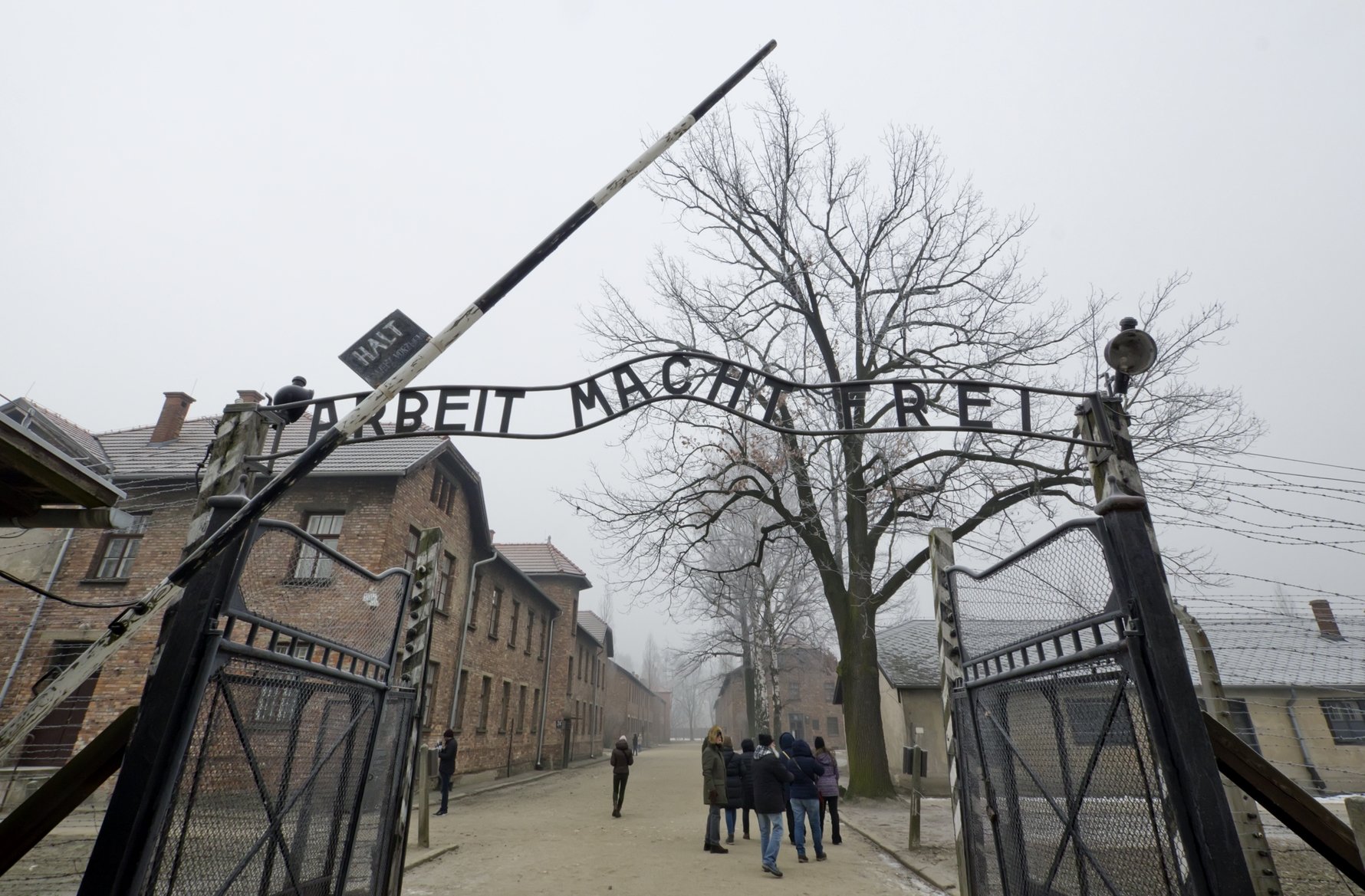
The Auschwitz Museum and tour present one of the most horrific acts in human history with a level of tact, passion, poignancy and professionalism that is so profound, it almost makes as lasting an impression as the site itself. Without being heavy-handed, the history of the site is presented in all of its contexts and guests are perhaps spared from fully surrendering to their emotions only by the sheer relentlessness of the information. No matter how much you think you know on the subject, the perspective gained by visiting is incomparable. Whether or not you choose to go to Auschwitz is up to you to decide. However it should be understood that Auschwitz is not a site of Jewish concern, Polish concern, German concern, gypsy concern, historical concern... It is a site of human concern. As such, we believe everyone should visit.
Should I Take My Children to Auschwitz?
Okay, we said everyone, but that does not necessarily mean kids, unless they are old enough to responsibly decide for themselves, or too young to know where they are. Visiting the camp is a very intense emotional experience, many of the photos and videos are graphic in nature, and the sensitivity of the material requires a certain level of maturity on the part of the visitor. Officially all are welcome, but the camp's own disclaimer says that it is not recommended for visitors under 14. If your child is between the ages of 3 and 12, we would strongly advise against taking them on this experience.If you're wondering if Auschwitz I and II are stroller-friendly, they more or less are.
Visiting Auschwitz
Now that you've made your decision to visit Auschwitz, make sure you get all the inside info about planning your visit. You'll find regularly updated information on how to visit Auschwitz (there are several options), how to get tickets, foreign language tours, food options on site and other practicalities on our dedicated page here.You can also book an Auschwitz guided tour with local tour operator KrakowDirect.
Getting to Auschwitz
See our separate pages on getting to Auschwitz from Kraków, and getting to Auschwitz from Katowice.Auschwitz Historical Timeline
1940: In April a Nazi commission decides to open a concentration camp in Oświęcim, primarily because of the excellent transport links it enjoys. Using existing Polish army barracks as a foundation the construction of Auschwitz I is completed on May 20th. On June 14th, 728 Polish political prisoners from Tarnów become the first inmates of Auschwitz I, soon followed by 12,000 Soviet POWs.1941: The first experiments with Zyklon B gas are conducted on 600 Soviet POWs on September 3rd.
1942: Auschwitz II-Birkenau and Auschwitz III-Monowitz are established.
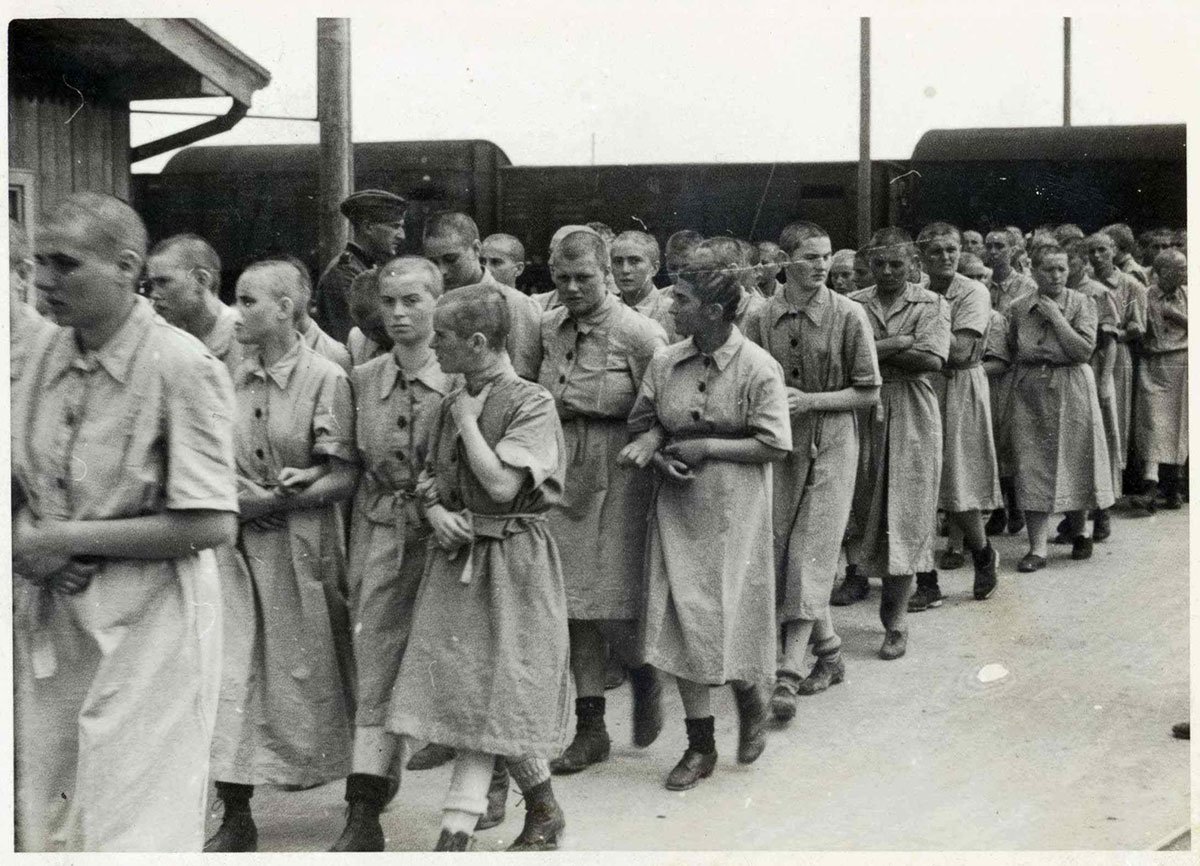
1944: Jewish crematoria workers in Birkenau stage an armed uprising on October 7, blowing up Crematorium IV. Hundreds escape but are soon captured and put to death.
1945: Liquidation of Birkenau begins in January with the burning of documents and destruction of gas chambers, crematoria and barracks. All prisoners who can walk, approximately 58,000, are sent on arduous ‘death marches’. About 15,000 die during this ‘evacuation’. On January 27 the Red Army liberates Oświęcim, where roughly 7,000 prisoners too weak to move have been abandoned to their fate. In the months after the war the Auschwitz barracks are used as an NKVD prison.
Post-war: The Auschwitz-Birkenau State Museum is established. In 1979 UNESCO includes Auschwitz I and II on its list of World Heritage sites. In the same year it is visited by Pope John Paul II. His successor, German Pope Benedict XVI visits in 2006. On December 18th, 2009 thieves steal the infamous 'Arbeit Macht Frei' sign from above the main entrance gate, cutting it into pieces and abandoning it in the woods in northern PL; the sign has been permanently replaced by a replica.
The Nazi Perpetrators
Under occupation efforts were made to turn the town into a model Nazi settlement with plans for wide green spaces and modern estates. Aside from normal German settlers the town saw 7,000 SS serve here and they enjoyed a good community life complete with coffee house, swimming pool, kindergarten and a profusion of cultural events; at one stage the Dresden State Theatre performed here. The SS pub was housed in a building across from the Oświęcim train station, and its top floor was turned into a flat to serve Heinrich Himmler during his visits.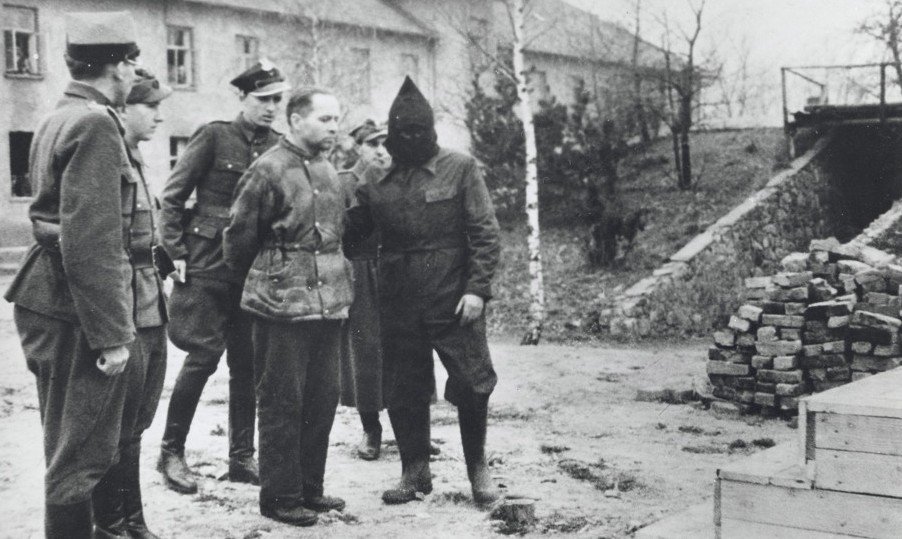
After the war, however, the hunt was on to find the people who perpetrated the Holocaust. Camp Commandant Rudolf Hoss was captured in 1946, while posing as a farm hand. Sentenced to death he was hanged next to the gas chamber of Auschwitz I on April 16, 1947. Others who faced the hangman’s noose included the head of the women’s camp, Maria Mandel, as well as her 22 year old sidekick Irma Grese, aka 'The Beautiful Beast.'
Adolf Eichmann was the mastermind behind mass Jewish deportations in the Eastern territories. Having fled to Argentina after the war he was kidnapped by Mossad agents, before facing the trial of the century in Israel in which he was sentenced to hang. Josef Mengele, 'The Angel of Death,' served as the camp doctor at Auschwitz and supervised selections for the gas chambers as well as brutal medical experiments on children. He evaded justice and died in a swimming accident in Brazil in the 1970s.


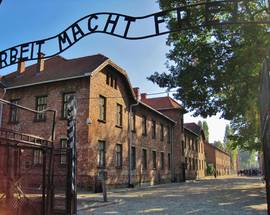
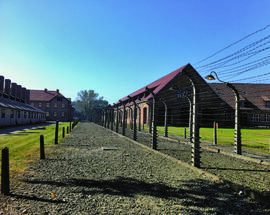
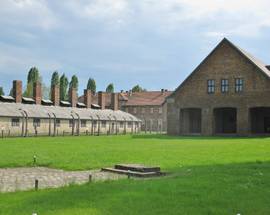
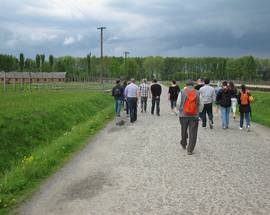
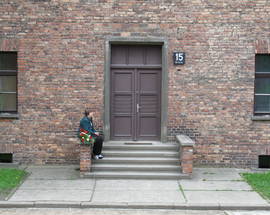
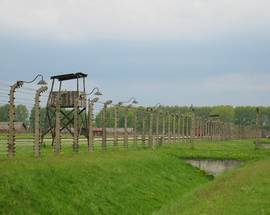
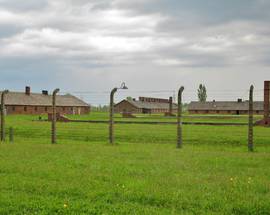
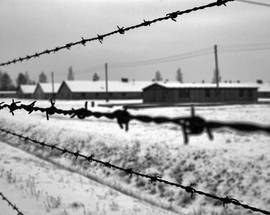
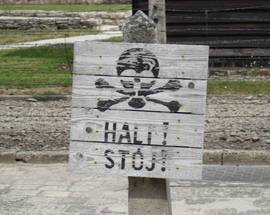
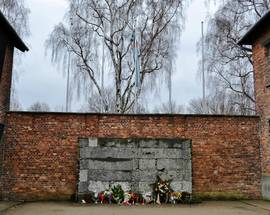

Comments